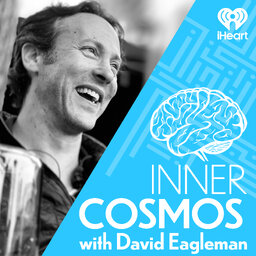Ep57 "When should new technologies enter the courtroom?"
Can we measure a lie from a blood pressure test, or pedophilia from a brain scan? And how should a judge decide whether the technology is good enough? What does this have to do with Ronald Reagan, or antisocial personality disorder, or how the television show CSI has impacted courtrooms? Today’s episode lives at the intersection of brains and the legal system. When are new neuroscience techniques allowed in courts, and when should they be?
 Inner Cosmos with David Eagleman
Inner Cosmos with David Eagleman


